Many plants grow simply in water and are a usually used technique of propagation also. This technique for growing plants isn’t solely low maintenance; however, sickness and pest resistant.
Growing plants in water permits for more considerable flexibility in arrangement and might be accomplished in almost any variety of receptacle which will go. Growing houseplants in water could also be a slower technique than soil-based plants. However, it’s a sensible choice.
Are you’re looking at water plants; during this article, we tend to describe some plants that grow in water. Then let’s have a look at…
Common way for propagating in water:
Take several stems with a minimum of one leaf already rising. Transfer that into a glass jar, after filling it only enough for the roots to submerge in water. You don’t wish chemicals in the water. It’ll affect the plant growth and perhaps even kill it.
A regular quantity of sun, lightweight makes your plant higher.
These Water Based Plants are Perfect for Indoor Growing
1. Chinese evergreens (Agloanema)
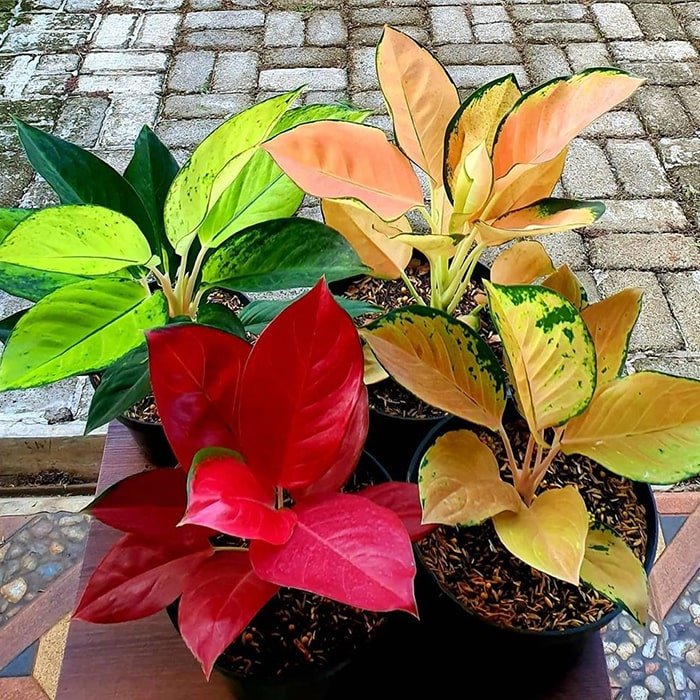
Aglaonema could be a genus of the family “Araceae”. They’re native to Asia and the island. Aglaonema are developed as decorative plants in Asia for many years. They were given to the West in 1885. This can be a Slow-growing plant to 2 feet tall and wide and leaves to eight inches long, four inches wide.
This is big, narrow, and glossy oval leaves with short stems. This plant is one of the foremost widespread houseplants big within the home because of its easy care. Choose the healthy stem that’s a minimum of 6-7 inches tall and cut slightly below a node. And propagate by the standard method.
You’ll see them in homes, offices, and business areas everywhere the globe. They like Temperatures got to be between sixty to 80° C. Change the water every two days. Aglaonema modest will simply fine in offices with fluorescent lighting.
2. Dieffenbachia
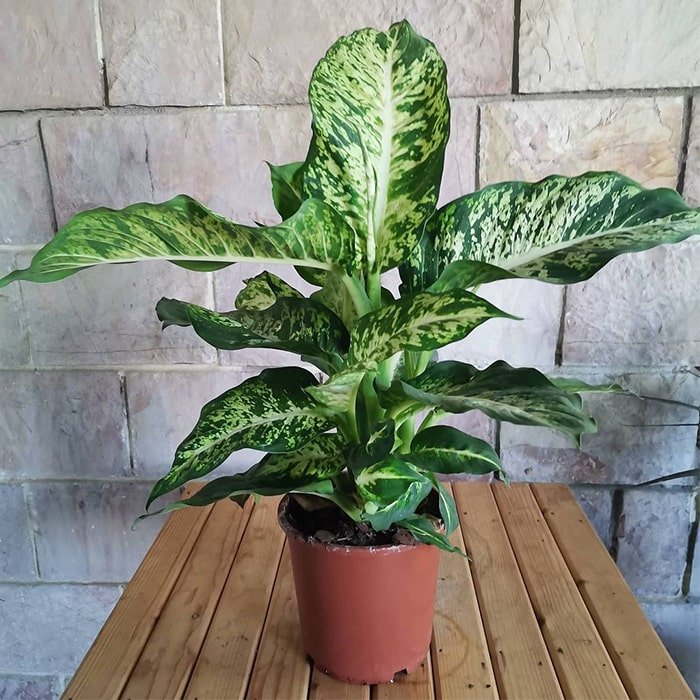
Dieffenbachia could be a genus of the family “Araceae”. This plant is native from Mexico. This is often wide cultivated as an ornamental. This is often a perennial floral with a straight stem, simple and alternate leaves containing white spots and dots, making it engaging as indoor foliage.
This plant is thought of as dumb cane and mother-in-law’s tongue. Dieffenbachia feature pointed, ovate leaves in a very kind of combos of green, cream, and white colours leaves are twenty inches long. A large, well-grown Dieffenbachia will reach ten feet.
From growing cut 4-6″ inches long stem sections and take away the leaves. And propagate by a common way. You’ll change the water each few days about. However, keep the jar in a very bright and heat spot out of direct daylight that may fade the plant.
3. Philodendron

Philodendron may be a genus of family “Araceae”. This plant is native to America. Philodendron is one of the unusual ornamental and residential plants in our house and work. This plant includes a place for the few plants that may rectify your area discuss.
Most species produce green, purple or red coloured leaves. Leaves are oval, roundish, simple, spade-like, triangular or deeply lobate, looking at the species and age.
Cut the stem and propagate by a Common manner forbearing in water. Fill a transparent bump or holder with H2O, initiating one in the house beneath the sting. Let the water sit night long to allow time for the chlorine to dissipate. Take away a 6-inch stem from a sound of this plant.
Create a clean cut with a mix of scissors, cultivating clippers or a pointy cut, cutting the stem honest beneath a collection of leaves. Change the water when three day’s. In 2 or 3 weeks, roots can seem, followed by new leaves. In water, the seeds are going to be simple to see.
4. English ivy (Hedera helix)

English ivy is plant family Araliaceae. This plant is native to most of Europe and western Asia. Hedera helix will act as a ground cowl, spreading horizontally and reaching eight inches tall. However, it is also a climber due to its aerial rootlets, which permit it to climb to eighty feet.
Growing common ivy in water is a simple and reliable way to propagate the plant. Hedera helix may be a versatile plant that will be grown up with many alternative things. It may be grown up as a pretty indoor plant.
Individuals take Hedera helix orally for swelling and blockage of the airway passages, treat and improve respiratory organ operate in individuals with bronchial swelling, and assist state secretion and alternative material up from the lungs.
Cut off 6 inches of recent growth with a minimum of three or four sets of leaves. Place the Hedera helix cutting during a heated space out of direct daylight. Fill the water once necessary and alter it if it becomes foul. Change the water once 3-4 day’s.
5. Rhoeo (Moses-in-the-cradle)
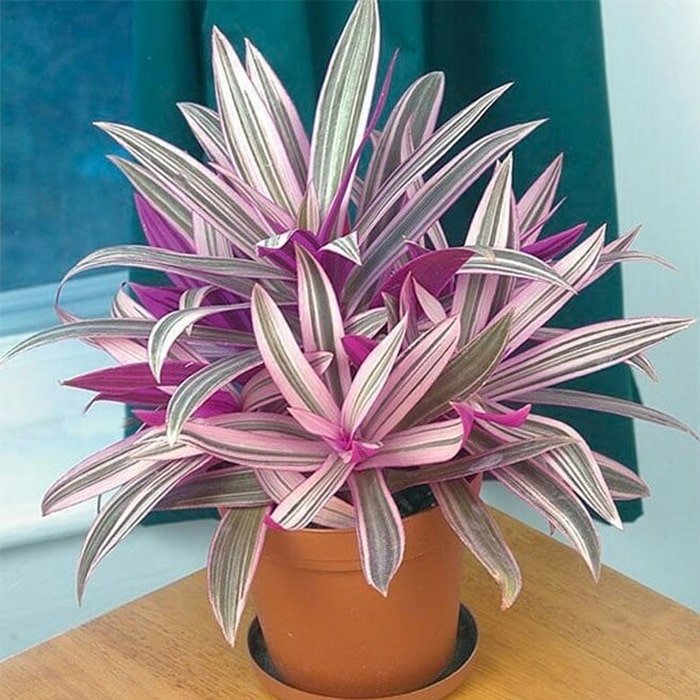
Moses-in-the-cradle could be a genus of “Commelinaceae family”. This is often native to Belize, Guatemala, southern North American country, Florida, Texas, Hawaii, and varied oceanic islands. These can reach up to 1 foot long by three in comprehensive. They’re enticing foliage plants which will reach one foot tall.
This plant has fleshy rhizomes and rosettes of waxy lance-shaped leaves. Leaves are dark to gilded green higher than, with shiny purple beneath. Rhoeo plant is considered as an annual, although in reality, it’s a young perennial.
Rhoeo makes a wonderful and quick growing ground cowl within the garden. Rhoeo plants will propagated in water. Interrupt the stem and propagate by a Common approach for propagating in water. Change the water one time in three day’s.
6. Pothos Plant

This is a species of flowering plant from the “family Araceae”. This is often a native to Moorea within the Society Islands of French. It’s additionally known as devil’s vine or devil’s Hedera helix. This is often an evergreen vascular plant growing to 20 m tall, with stems up to 4 cm in diameter, rising means that of aerial roots that adhere to surfaces.
The leaves are alternate, cordate. The flowers are made during a bract up to 23 cm long. it is also thought of as one of the foremost effective indoor air purifiers for removing, common toxins.
One good thing regarding growing Pothos plants in water is that they’ll thrive even in H2O. Since most H2O is well-chlorinated you would like to let it sit for several days in an open instrumentation. This may create the element evaporate and also the water will be safe to use for your Pothos plants.
Simply add a number of drops of fertilizer to the water due to Pothos plant to induce all the nutrients it must thrive. Select any form of liquid fertilizer. Cut the stem, make sure to settle on any form of liquid fertilizer. Certify that the cut ends are well-covered with water.
7. Hoya carnosa (Wax plant)

Hoya carnosa may be a genus of the family “Apocynaceae”. It’s native to eastern Asia and Australia. It’s a typical house plant big for its engaging waxy foliage and sweetly scented flowers. The perennial leaves are pedunculate concerning one to 1.5 cm long stems. The blade is wide, oval to longitudinal oval or non-subdivided.
The leaves are slightly succulent, fleshy, with a waxy, shiny surface. The flowers are generally light-weight pink; however, they might vary from near-white to dark pink. they’re star-shaped and are borne in clusters that seem like little wax miniatures.
The plant flowers from spring to late summer, it will manufacture umbels of ten to fifty tiny star-shaped flowers within the same peduncle. Take the cutting and place it in a very jar of water, with the leaves on top of the water’s surface. Replace the water with H2O whenever it becomes murky. You’ll be able to conjointly begin a vine plant in a very glass of water.
8. Arrowhead Plant

The Arrowhead plant may be a genus of the family “Araceae”. The Arrowhead Plant name comes from the spade-like form of its leaves. Arrowhead plants are bushy and frequently pretty full. It’s excellent for the beginner or black-thumb gardener who wishes indoor leafage while not having to fuss an excessive amount over its care.
The point plant has been a well-liked flora for decades. Simple to worry about, with lovely and varied foliage, and best of all, you’ll propagate it with ease. It may be a decent plan to grow the point plant during a water or hanging basket. Cut a 6-12. section of the stem slightly below a node and propagate by a common approach.
9. Wandering Jew (Inchplant)
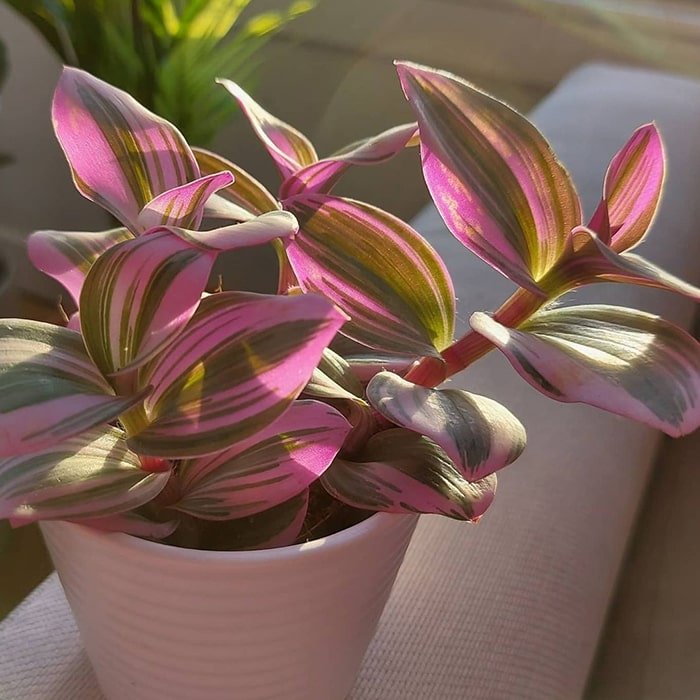
Inch plant may be an actual one in every of the simplest plants to grow and care for it. This can be a gorgeous zebra-patterned leaf. The sideshows purple new growth and green older growth parallel to the central axis, further as 2 broad silver-coloured stripes on the outer edges. The lower leaf surface presents a deep uniform magenta.
The leaf sheaths square measure skinny and precise, eight to twelve millimetre long and five to eight millimetre wide; at the mouth, they’re long, otherwise hairless or slightly bushy. The 3 solely grown up at the bottom petals square measure ovate-blunt, pink to purple, and five to nine millimetres long.
The flowers square measure in teams, supported by 2 massive foliage-like, narrow, ciliate bracts. Add some stems in a Mason jar or jar of water, and therefore the plants can carry on their growth in your home. Offer the plenty of sun, lightweight.
10. Paperwhite Plant

Paperwhite could be a native to the Mediterranean region, from Greece to Portugal and Morocco and Algeria. The white flowers are borne in bunches and are powerfully perfumed. It’s often adult as a house plant, usually forced to flower at Christmas.
Mature height is sometimes 1–1. 5 ft. The stems are mid-green and grow upright. This can be simple to grow inside. They produce tiny, perfumed flowers on 12 to 18 inch stalks. Most Paperwhites show pure white blooms, however yellow and orange varieties also are out there.
Choose a pretty shallow container while not emptying holes that is a minimum of three to five inches deep. Cut off the stem and propagate by a standard method. Move the container to an excellent, bright spot out of the direct sun once the bulbs feel non-moving. Keep the temperature around fifty five to sixty degrees Fahrenheit.
11. Coleus Plant

This is an annual or perennial herbs or shrubs. This species has colourful and serrate leaves. Coleus is the foremost colourful addition to glasses and jars. Coleus is perhaps one of the simplest plants to grow and care. They’re enticing to butterflies and hummingbirds.
Coleus blooms are a spike of small flowers move in colour from pale blue to purple. Coleus ordinarily lives for many years. Their direct height from six inches to three. 5 feet and grow one to three feet wide. They additionally grow within the water.
It likes indirect light-weight, you’ll be able to keep it as a work surface centrepiece during a wine glass or ornamental jar stuffed with water.
12. Ornamental Sweet Potato
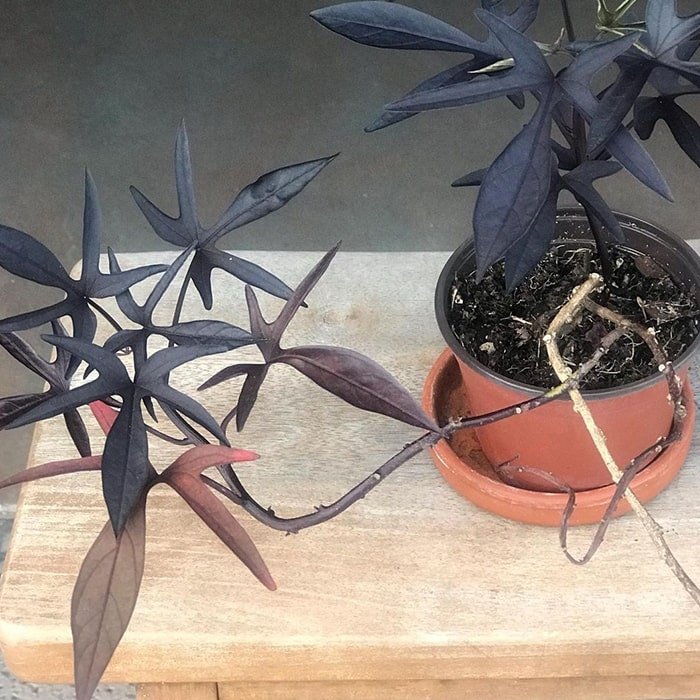
Ornamental Sweet Potato plant has colourful green or purple leaves. This plant works smart, well inside and out. These plants produce tubers, almost like the essential vegetables we tend to see within the food market, but typically less fleshy and sturdy.
The tubers will be propagated to begin new plants, and that they are easy to grow. Trim many six to eight inches long stems just below the leaf node, take away the lower leaves, and submerge them 0.5 in water. Keep ever-changing the water, and it’ll grow.
Have some questions or suggestions? Use our comments section on this blog! You can feel free to leave a comment or two down below, and we’ll get back to you as soon as possible!
We love reading your messages……

